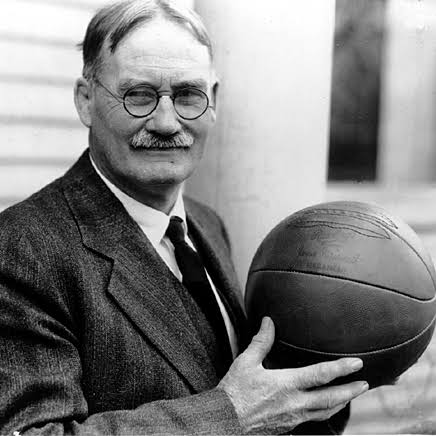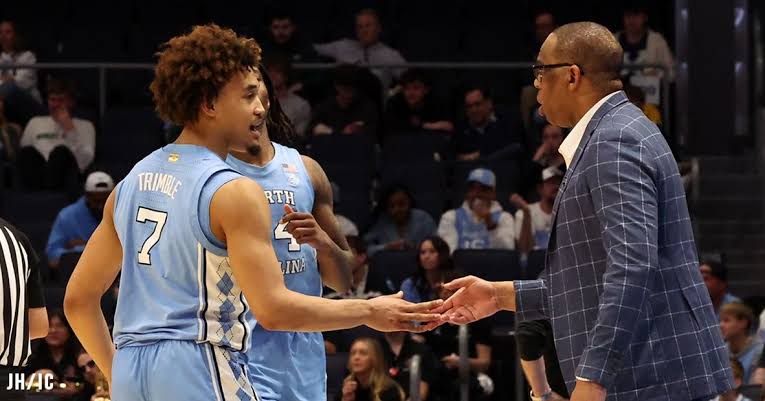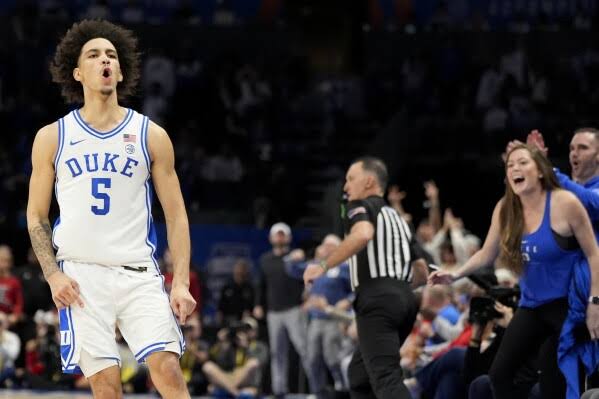James Naismith: The Canadian Visionary Who Created Basketball
James Naismith, a name synonymous with the invention of one of the world’s most beloved sports, basketball, remains an iconic figure in the history of sports. Born on November 6, 1861, in Almonte, Ontario, Canada, Naismith’s contribution to physical education and athletics has had a profound and lasting impact on millions worldwide. His journey from a small-town boy in Canada to the creator of an international sport is a testament to his ingenuity and vision.
Naismith’s path to basketball began in the late 19th century when he was studying at McGill University in Montreal, Canada. While there, Naismith became deeply interested in physical education, which led him to further his studies at the Presbyterian College in Springfield, Massachusetts. Naismith’s task at Springfield was to teach physical education to young men at a time when many of the traditional indoor sports available were either too rough or too dull to captivate the students. It was within this environment that the idea of basketball began to take shape.
In December 1891, Dr. Luther H. Gulick, the head of the physical education department at Springfield, asked Naismith to create a new game that could be played indoors during the winter months. At the time, there was a dire need for an engaging indoor activity that would keep the students active and provide a fun challenge while reducing the risk of injury that came with games like football or rugby.
Naismith, an athlete himself, took the task seriously. With only a few basic principles in mind—he wanted a game that was non-contact, engaging, and offered an exciting competitive challenge—he set to work. After brainstorming and adapting existing games, Naismith drew up a set of 13 basic rules. The game he invented involved throwing a soccer ball into a peach basket mounted on a wall, with the objective being to score more points than the opposing team. This simple yet captivating concept became the foundation for what we know today as basketball.
The first game of basketball was played on December 21, 1891, in the gymnasium at the International YMCA Training School in Springfield. With nine players on each team, the match was far from the fast-paced spectacle we see today. Instead of a hoop, Naismith initially used peach baskets with no holes, meaning that each time a player scored, someone had to climb a ladder to retrieve the ball. Nonetheless, the game caught on quickly, and within months, it was being played in various YMCA centers across the United States and beyond.
The impact of basketball grew rapidly, spreading across college campuses and cities. Naismith continued to develop the rules and promote the game, eventually becoming a coach and athletic director at the University of Kansas. His invention, initially a simple winter pastime, blossomed into a global sport. Naismith’s creation also became a cornerstone of physical education programs worldwide.
James Naismith’s influence as the father of basketball goes beyond his invention. He is remembered as a teacher, a mentor, and a man dedicated to fostering the development of both body and character in his students. His humility, despite his creation’s worldwide success, stood as a testament to his character. Naismith passed away on November 28, 1939, but his legacy continues to live on through basketball, a sport that has evolved into a multi-billion-dollar industry played by millions worldwide.
In honoring James Naismith, we remember not only the creator of basketball but also a visionary who saw the power of sport to shape lives, build communities, and unite people across cultures and generations.


